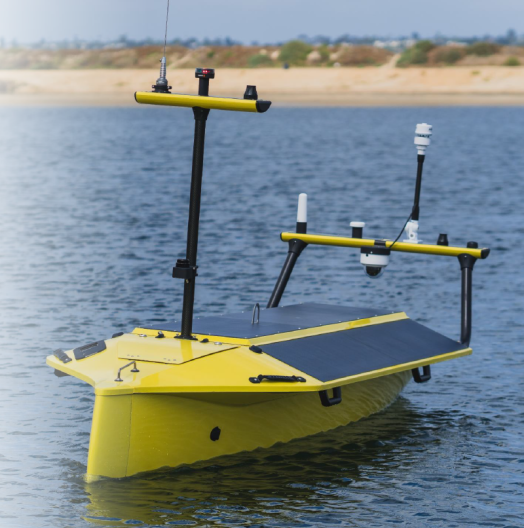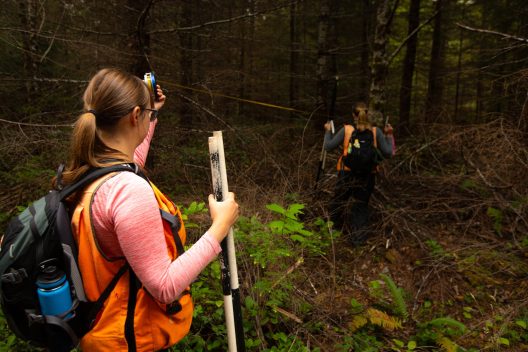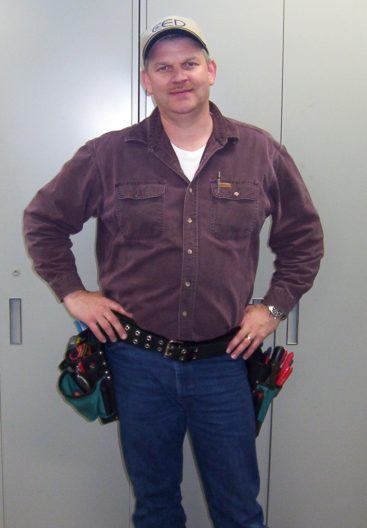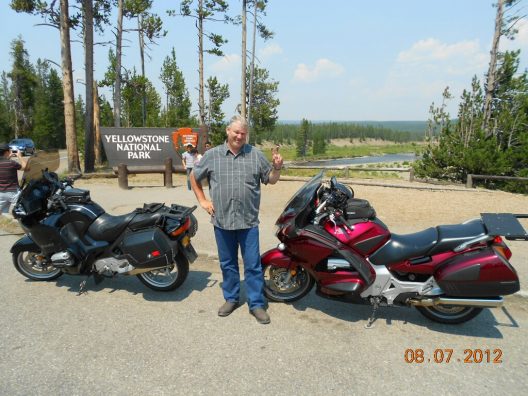
Last month, researchers at the Olympic Natural Resources Center (ONRC) launched a self-powered autonomous surface vehicle (ASV), called the Lightfish, off the coast of Washington’s Olympic Peninsula to improve our understanding and monitoring of harmful algal blooms (HAB) and resulting toxins. The project is funded by the U.S. Integrated Ocean Observing System (IOOS) through an ocean technology transfer award to the University of Washington Applied Physics Laboratory (John Mickett, PI) in collaboration with the ONRC. The solar-powered ASV, to be equipped with a custom water sampler designed and built by UW APL, will collect water samples and monitor environmental conditions such as chlorophyll levels, water and air temperature, barometric pressure, and wind speed, all while piloting itself through the often rough waters of the Pacific Northwest coastal ocean. Observations collected by this autonomous marine vessel will aid early warning systems that alert communities to marine biotoxins that impact shellfish harvest.
The ONRC, which is part of the University of Washington’s College of Environment and the School of Environment and Forest Science, conducts research across land and sea with the goal of integrating ecology and economics in the management of both forest and marine resources. Based in Forks, Washington, ONRC houses research labs, conference spaces, and lodging. The ONRC marine science program is led by Vera Trainer, who also directs the Olympic Region Harmful Algal Bloom (ORHAB). The regional observing system of IOOS, the Northwest Association of Networked Ocean Observing Systems (NANOOS) will serve the data collected by the Lightfish as a partner in ORHAB.
ORHAB was established in 1999 to protect public health on the Washington coast by building a comprehensive monitoring and research program to better understand the underlying dynamics of harmful algal blooms. The marine biotoxin domoic acid can be produced by an HAB that causes amnesic shellfish poisoning, including neurological symptoms and sometimes death in humans and wildlife that ingest shellfish. The ORHAB monitoring program provides weekly phytoplankton concentrations to the Washington State Dept of Health, with a focus on phytoplankton that can cause HABs, and contributes to a HAB bulletin that assists managers in scheduling safe shellfish harvest.
Tribes throughout the Olympic Peninsula are members of ORHAB, through the support of their own internal monitoring programs, and collaborate closely with state and academic ORHAB partners. IOOS funds some of the effort by tribes, ONRC, and others through ORHAB as part of the National HAB Observing Network. These tribal partners, which also are co-managers of shellfish resources, produce data used to protect their tribal members and to add spatial coverage to the ORHAB project on the Washington coast.
ONRC research analyst Anthony Odell and partners first launched the Lightfish on October 11th during a training workshop attended by ONRC researchers and Tribal water quality specialists from the Makah, Quinault, Hoh, and Quileute Tribes. Once programmed, the Lightfish will be set on a charted path through the HAB initiation sites in the Juan de Fuca eddy and Heceta Bank. It is designed by engineering company SeaSats to provide a reliable, affordable, and sustainable vehicle for ocean operations. Its robust construction allows the craft to operate in rough conditions unsuitable for researchers to collect samples, such as before and during storms.














